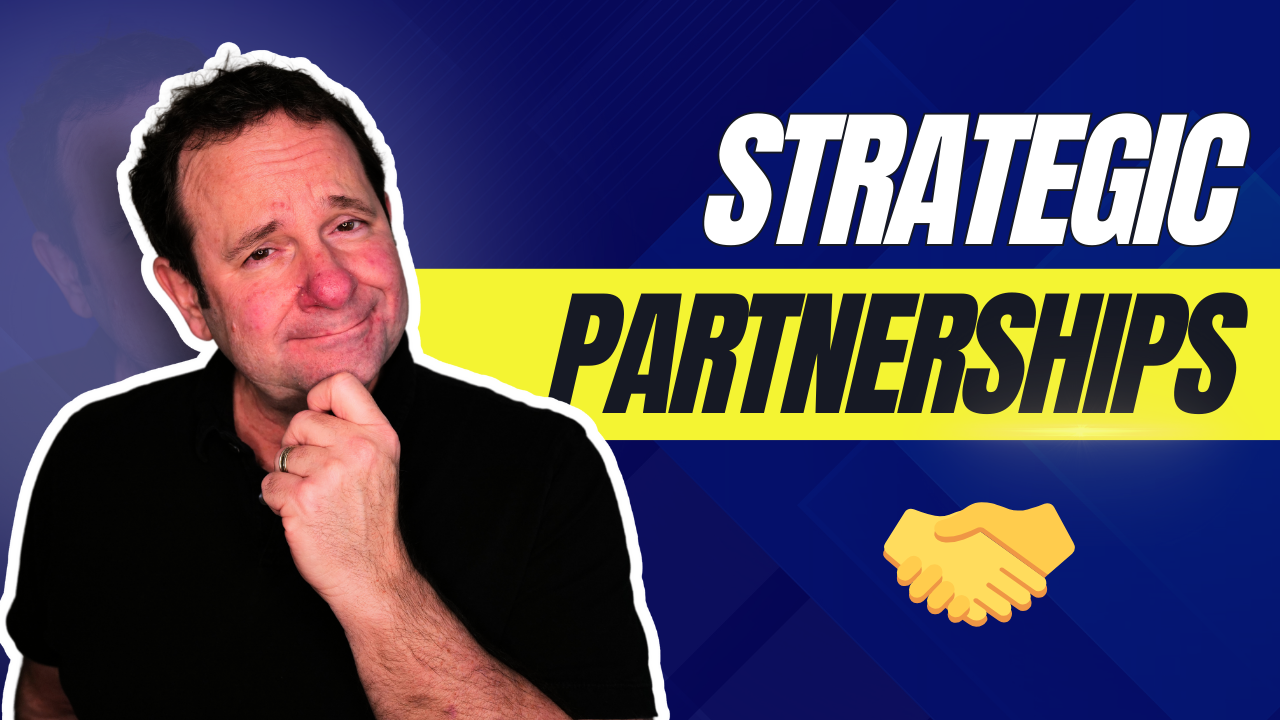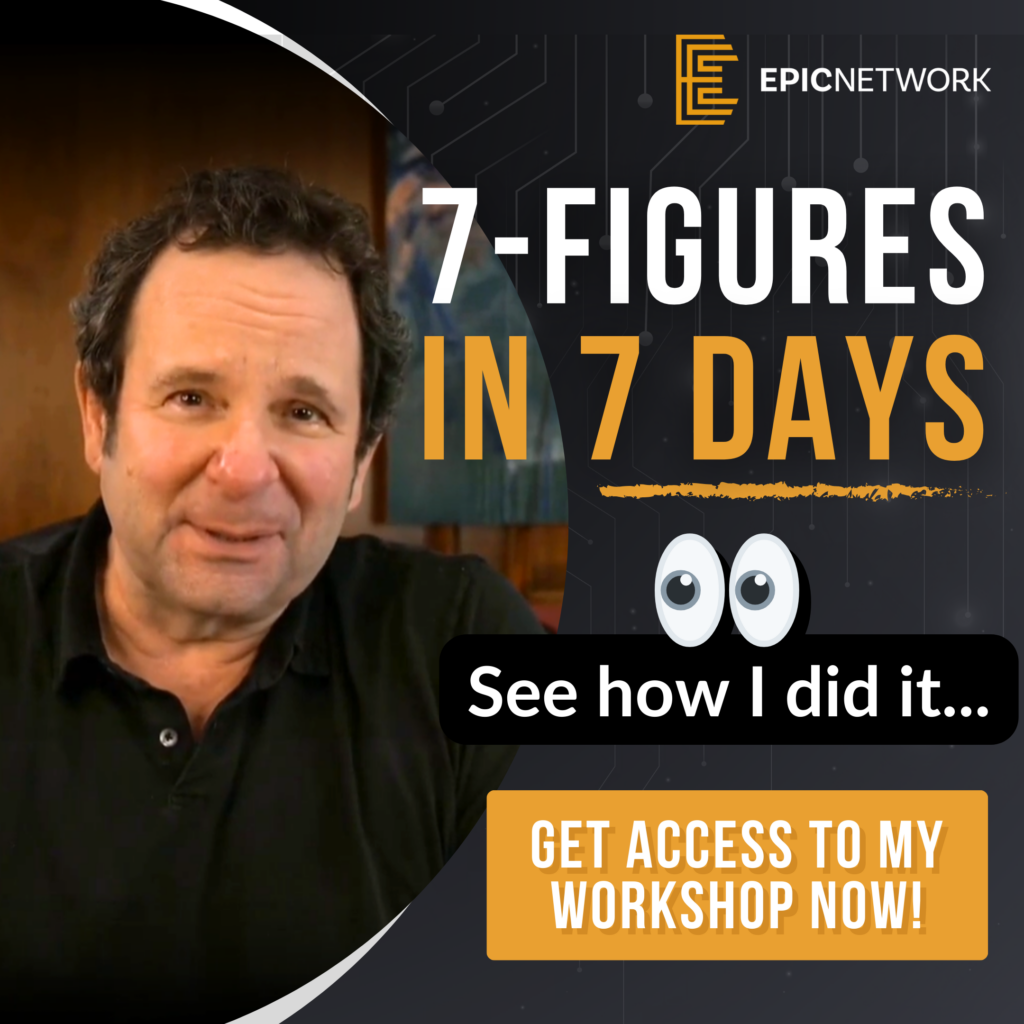
Introduction: Strategic Partnerships vs. Mergers
When working with complementary expertise—like marketing and financial consulting—business owners often wonder if they should merge into a single entity or maintain a strategic partnership. Both approaches have their merits, but your choice depends on your long-term goals, collaboration dynamics, and the audience you want to serve.
This guide breaks down the considerations for forming strategic partnerships or merging, ensuring you make the right choice for your business’s growth.
Exploring Strategic Partnerships
1. Benefits of Maintaining Independence
Strategic partnerships allow you to retain operational independence while benefiting from mutual referrals and collaboration. Here’s why they work:
- Flexibility: Partners can cross-refer clients without formal integration.
- Risk Mitigation: No need to merge operations, reducing potential conflicts.
- Testing Grounds: Partnerships serve as a trial period to evaluate compatibility.
Example: You can agree to share leads and profits for six months to a year. If the relationship proves beneficial, consider a merger.
2. Structuring the Partnership
Set clear terms for collaboration:
- Referral Agreements: Decide on exclusive or non-exclusive referrals.
- Profit Sharing: If you aim to share profits, outline the split and responsibilities.
- Breakup Clauses: Include terms for reverting to independence if the collaboration doesn’t work out.
When to Consider Merging
1. Long-Term Collaboration
If you aim to build a unified business that offers complementary services—like marketing and financial consulting—merging may be more efficient. A single entity can:
- Simplify Branding: Present a cohesive front to clients.
- Streamline Operations: Centralize billing, systems, and administration.
- Expand Offerings: Offer a broader range of solutions under one roof.
2. Building Trust Before the Merge
Even when merging, start small. Work together as independent entities first to ensure compatibility. Gradually integrate systems, branding, and processes over time to minimize disruptions.
Targeting Audiences as a Unified Entity
1. Diversify Marketing Strategies
If you merge, your marketing should highlight the synergy between your services. Here’s how:
- Focus on Benefits: Target pain points that your combined expertise solves, such as “marketing growth powered by financial insights.”
- Segment Audiences: Tailor messaging to different customer needs, like growth-focused businesses vs. financial planners seeking efficiency.
2. Create a Funnel for Segmentation
Develop a general marketing message that appeals to all potential customers. Once leads enter the funnel, assess their needs and direct them to the most relevant service.
Example: Run broad campaigns promoting “comprehensive business solutions,” then segment prospects based on their interest in marketing, finance, or a combination of both.
Strategic Partnerships vs. Mergers: Key Considerations
1. Evaluate Compatibility
Before merging, test the waters with a strategic partnership. Shared goals and trust are essential for long-term collaboration.
2. Analyze Market Needs
Determine whether your audience values integrated services or prefers specialized expertise. Use this insight to shape your decision.
3. Flexibility in Marketing
Maintain existing successful campaigns while testing combined offerings to gauge audience interest.
Conclusion: Choosing Your Collaboration Path
The decision between a strategic partnership and a merger depends on your vision, trust level, and business needs. Start with a partnership to evaluate compatibility, then move toward a merger if it aligns with your goals. By diversifying your marketing strategies and tailoring your messaging, you can effectively target a wide range of customers and maximize your collaboration’s potential.
Additional Resources:
- How to Structure Strategic Partnerships – Insights on forming mutually beneficial partnerships.
- The Pros and Cons of Business Mergers – Understand the implications of merging businesses.
- Audience Segmentation in Marketing – Strategies to target diverse customer groups effectively.
Ready to explore acquisition strategies that fit your needs?
Book a Free Strategy Session with the EPIC Network to discover customized solutions to support your success.










